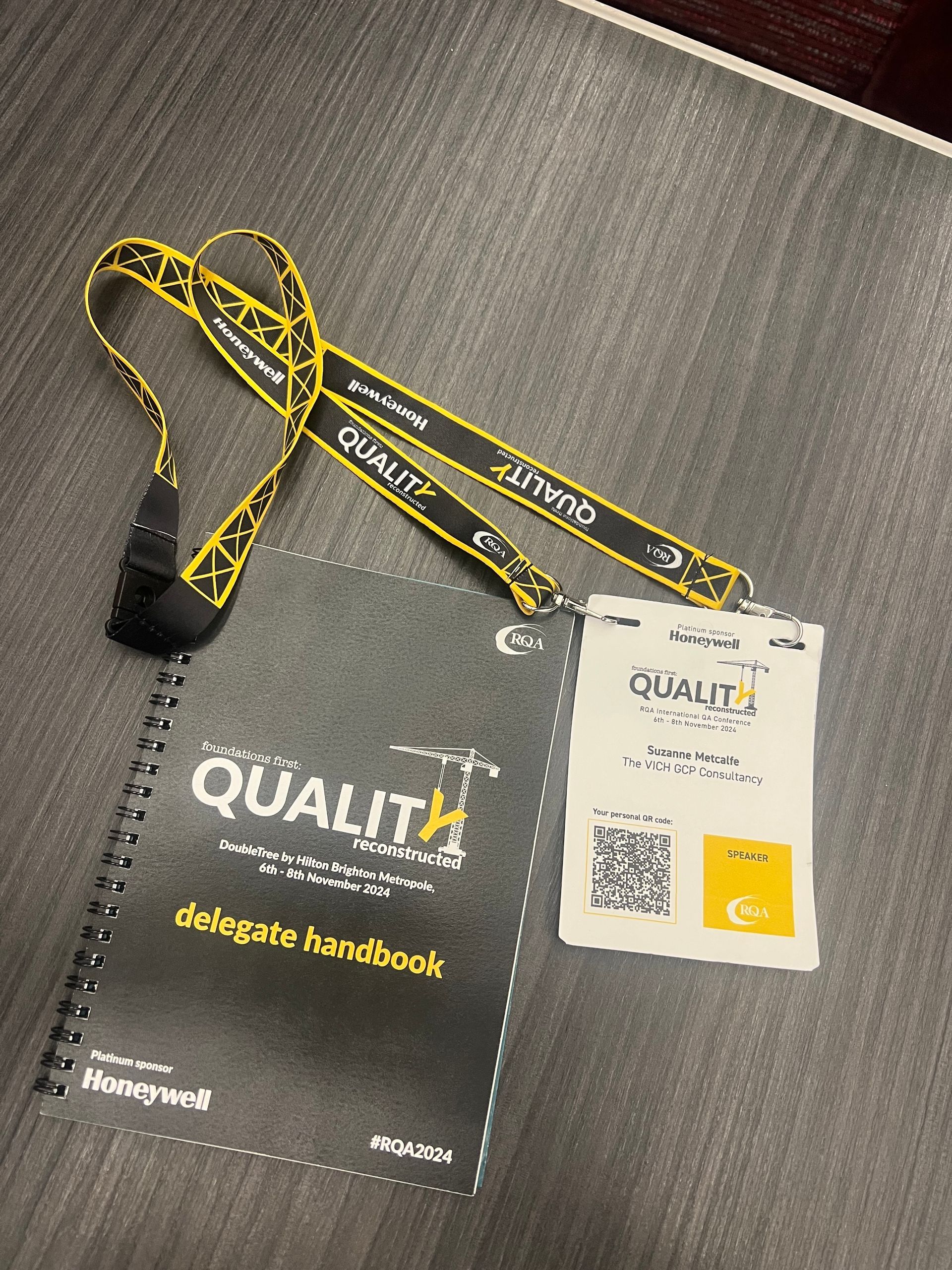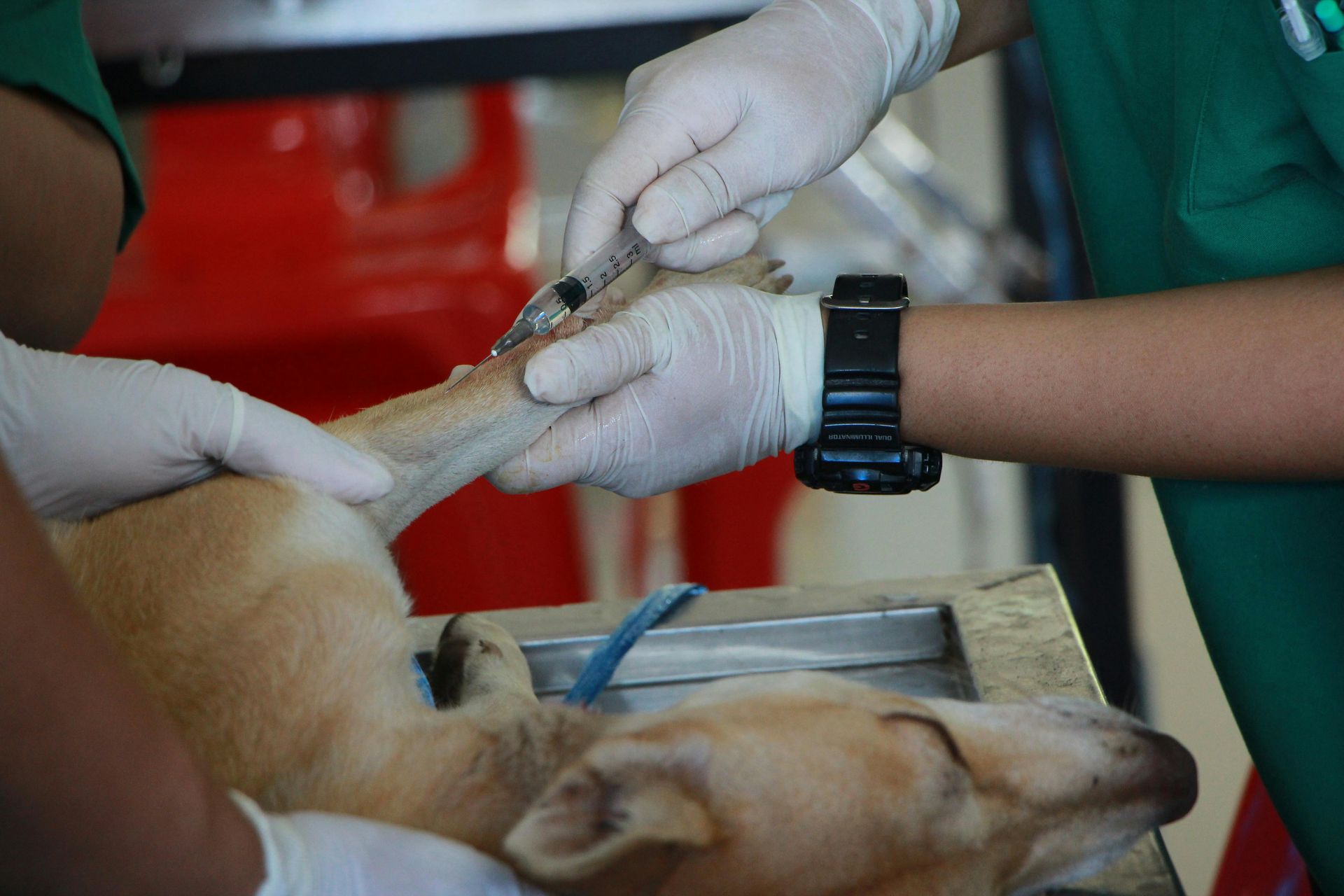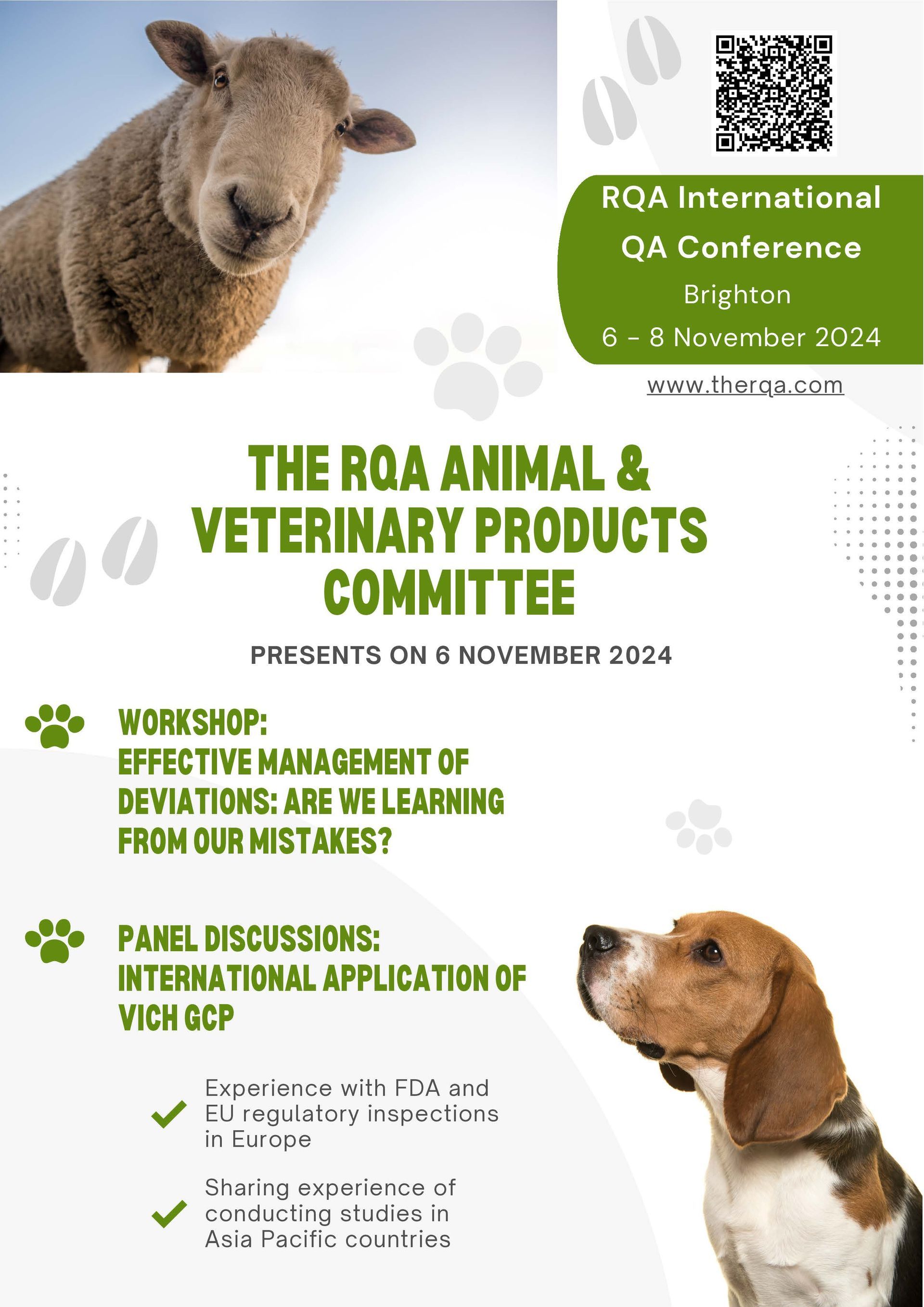When FDA Inspections Trigger Data Risk: What CVM’s OAI Classification Really Means
🧪 When FDA Inspections Trigger Data Risk: What CVM’s OAI Classification Really Means

The FDA’s Center for Veterinary Medicine (CVM) has released a detailed procedure outlining how and when it classifies bioresearch monitoring (BIMO) inspections as Official Action Indicated (OAI)—a designation that can signal serious concerns about data integrity and regulatory compliance.
🔍 What Is an OAI Classification?
An OAI classification means FDA inspectors found objectionable conditions that may warrant regulatory action. In the context of veterinary drug development, this could include:
- Data rejection during application review
- Disqualification of clinical investigators
- Termination of investigational exemptions
- Invocation of the Application Integrity Policy (AIP)
Importantly, not all data issues stem from violations of law. Even non-regulated practices—like poor data handling or unclear study conduct—can lead to administrative consequences if they undermine the validity of submitted data.
🧩 Inspection vs. Application Decisions
FDA distinguishes between inspection findings and application decisions:
- A study may be rejected without an OAI classification if the data is scientifically inadequate.
- Conversely, an inspection may be classified as OAI even if no application has yet been submitted, based on the potential impact of observed practices.
📬 What Happens After an OAI?
If an inspection is classified as OAI, CVM’s Office of Surveillance and Compliance (OSC) will issue a Data Concerns Letter. This letter:
- Notifies the inspected firm of the classification
- Describes the conditions that may compromise data integrity
- Offers the firm a chance to respond and correct issues
- Alerts sponsors to potential risks at contract research sites
In cases where the issues could escalate—such as repeated errors or systemic failures—the letter may also warn of possible future disqualification or AIP proceedings.
🛡️ Why This Matters
For sponsors, CROs, and investigators, understanding the implications of an OAI classification is critical. It’s not just about compliance—it’s about safeguarding the validity of your data and the viability of your submissions.
This procedure reinforces FDA’s commitment to transparency, consistency, and scientific integrity in veterinary drug development. It also serves as a reminder: even in areas not governed by specific regulations, good research practices are essential.
Reference: www.fda.gov/media/188278/download?attachment
If you have any questions, please contact us for an expert discussion tailored to your organisation’s needs.








